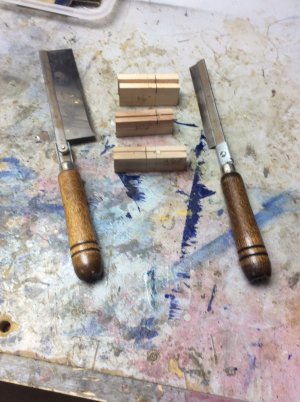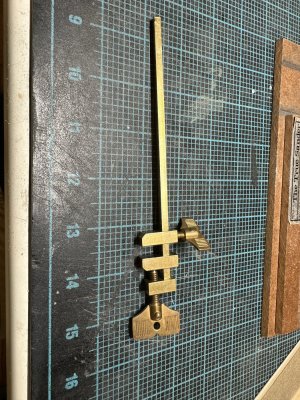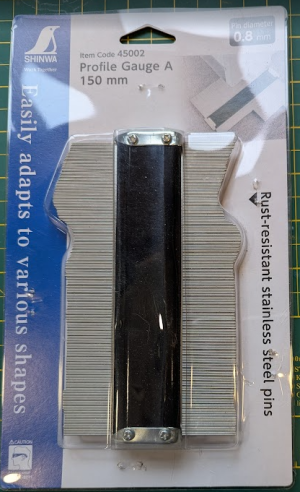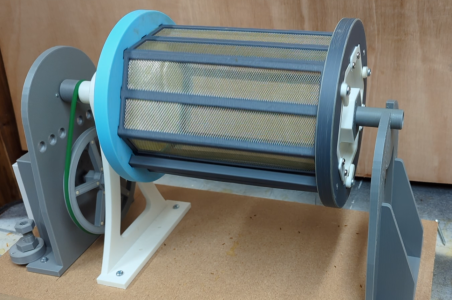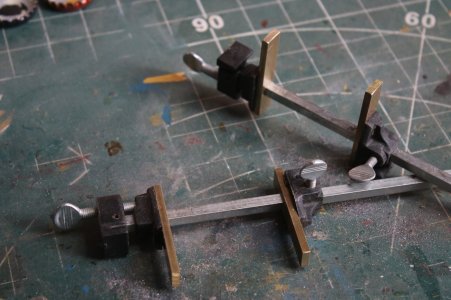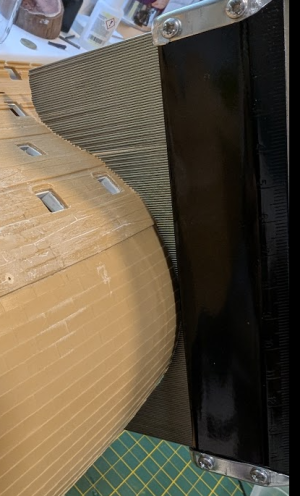As a self-confessed tool addict, I could probably bore you senseless with a list of things I really shouldn't have bought, but here are a couple that are strictly modelling related.
I bought this rather expensive profile gauge during one of many futile attempts to accurately measure the profiles of the Heller HMS Victory hull. Oh what fun I had over the next few days! Almost as much as I had during the Creality 3D Scanner phase, though I did at least manage to sell that thing on. There's nothing wrong with the tool itself of course, in fact it's another example of the very high quality of tools that come out of Japan (my favourite ever tool is a Hori Hori, for gardening), the fault here is entirely at the operator end.
View attachment 536494
And the other one is at the other end of the scale. You'd think with my background I'd know better than to buy really cheap drill bits, but no, as I tried to explain to the admiral "...but it was such a good deal....". Some of these were so badly ground that the tip is on the edge.
View attachment 536495
On the other hand, my most useful tool these days is almost certainly my FDM 3D printer, because it allows me to make all manner of bespoke tools, jigs and machines such as this 6" tumbler, made using filament leftovers, the 3D equivalent of offcuts.
View attachment 536497








